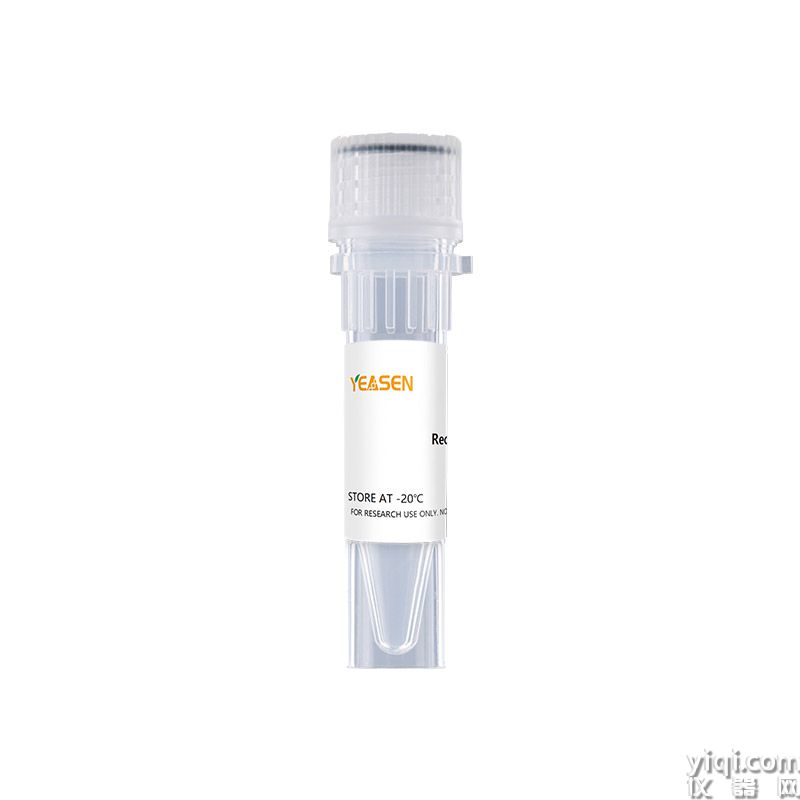
 Recombinant Rat Uteroglobin
Recombinant Rat Uteroglobin
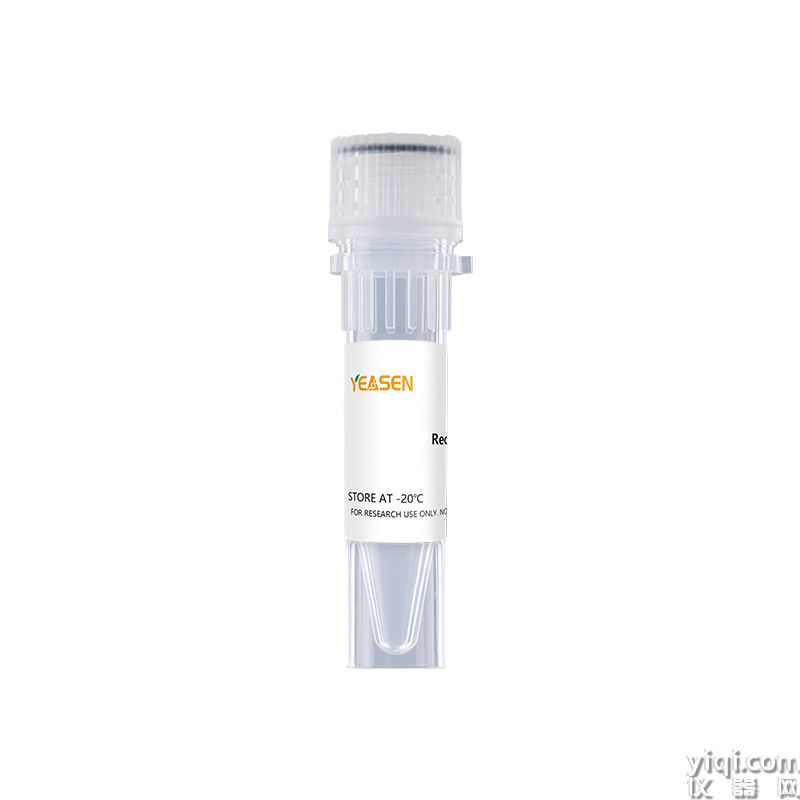 Recombinant Rat CT-1
Recombinant Rat CT-1
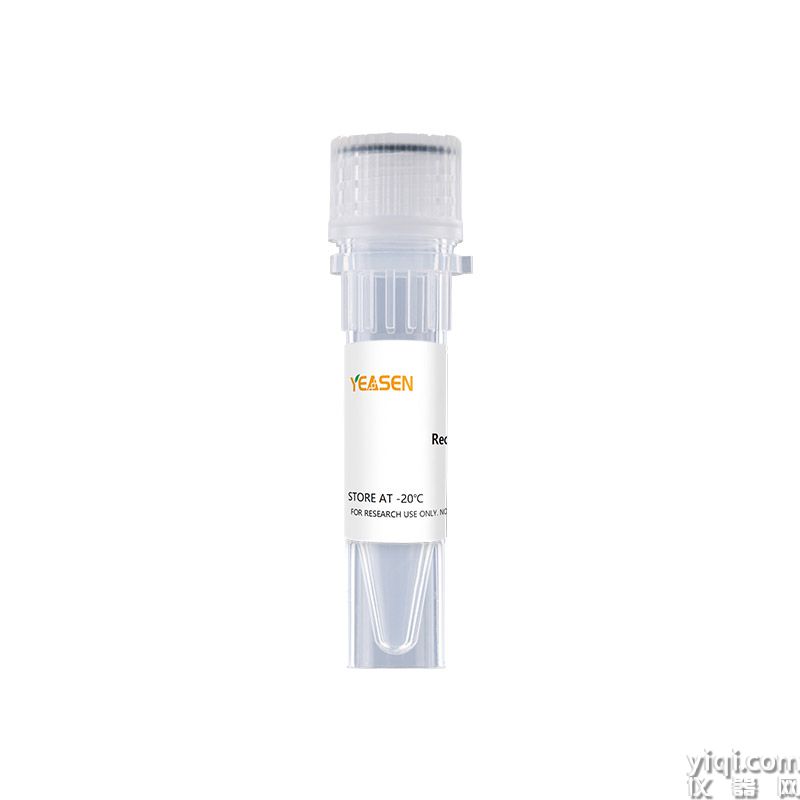 Recombinant Rat Tropic1808, His
Recombinant Rat Tropic1808, His
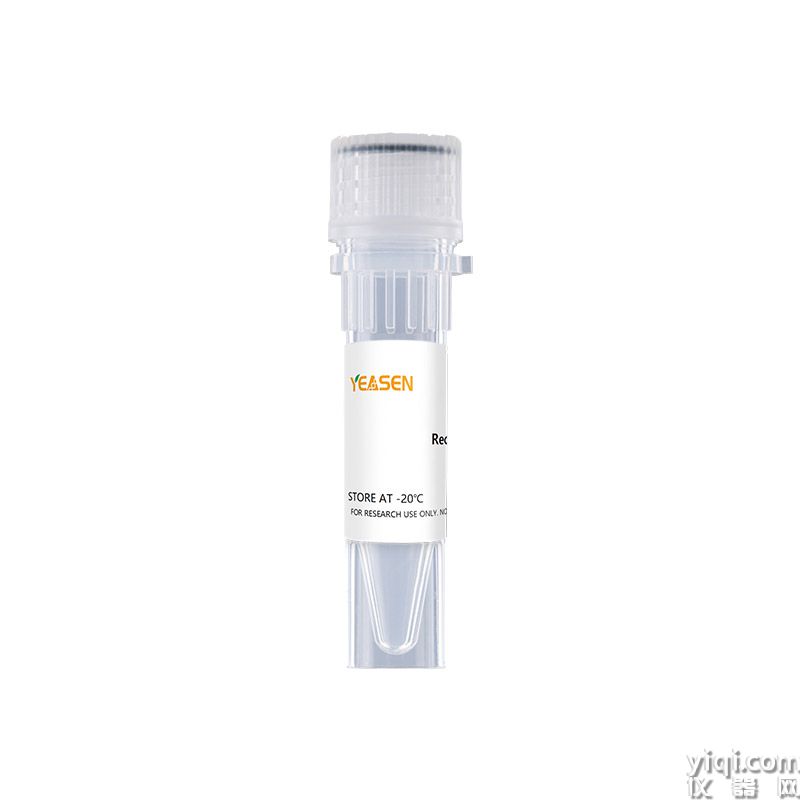 Recombinant Mouse Uteroglobin
Recombinant Mouse Uteroglobin
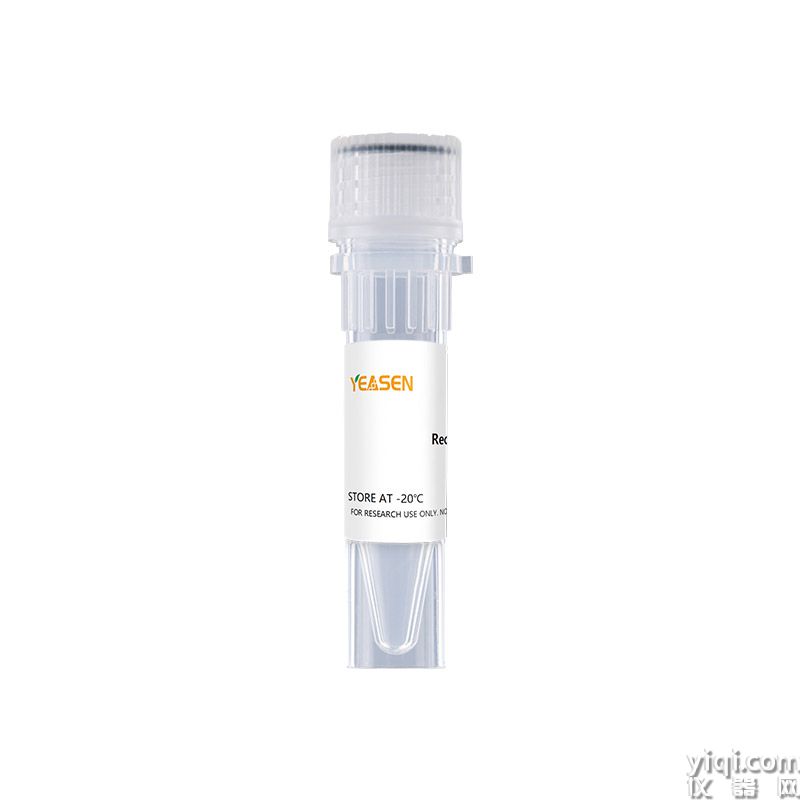 Recombinant Mouse FABP1
Recombinant Mouse FABP1
Fatty acid binding protein-3 (FABP3; also named Fatty acid binding protein 11, FABP11, H- or M- (heart or muscle) FABP, Mammary derived growth inhibitor, or MDGI) is a member of a large superfamily of lipid binding proteins that are expressed in a tissue specific manner. FABP3 is one of ten cytoplasmic FABPs that are 14-15 kDa in size and range from 126-140 amino acids (aa) in length. Although all are highly conserved in their tertiary structure, there is only modest aa identity between any two members. The FABP family members are subdivided based on organ or tissue type it was originally expressed or identified; liver- (L-FABP), intestine- (I-FABP), heart- (H-FABP), adipocyte- (A-FABP), epidermal- (E-FABP), ileal- (IL-FABP), brain- (B-FABP), myelin- (M-FABP) and testis-FABP (T-FABP). Human H-FABP, the product of the FABP3 gene, is a 132 aa cytosolic protein that shows a flattened beta -barrel structure generated by a series of antiparallel beta strands and two alpha helices. One molecule of FABP3 is capable of binding one long-chain fatty acid. It is suggested that ligands first bind to the outside of the molecule, and this binding subsequently induces a conformational change in the binding protein, resulting in "internalization" of the ligand. Human FABP3 is 86%, 89% and 89% aa identical to mouse, rat and canine FABP3, respectively. It also shows 29% and 32% aa identity to human L-FABP and IFABP, respectively.
Product Properties
|
Synonyms |
FABP11;HFABP;MDGI |
|
Accession |
P05413 |
|
GeneID |
2170 |
|
Source |
E.coli-derived Human FABP3, Val2-Ala133. |
|
Molecular Weight |
Approximately 14.7 kDa. |
|
AA Sequence |
VDAFLGTWKL VDSKNFDDYM KSLGVGFATR QVASMTKPTT IIEKNGDILT LKTHSTFKNT EISFKLGVEF DETTADDRKV KSIVTLDGGK LVHLQKWDGQ ETTLVRELID GKLILTLTHG TAVCTRTYEK EA |
|
Tag |
None |
|
Physical Appearance |
Sterile Filtered White lyophilized (freeze-dried) powder. |
|
Purity |
> 95% by SDS-PAGE. |
|
Biological Activity |
Testing in progress. |
|
Endotoxin |
< 1.0 EU per 1μg of the protein by the LAL method. |
|
Formulation |
Lyophilized from a 0.2 mm filtered concentrated solution in 10mM PB,150 mM NaCl,1 mM DTT, 0.1 % tween-20, 5 % trehalose, pH 7.4. |
|
Reconstitution |
We recommend that this vial be briefly centrifuged prior to opening to bring the contents to the bottom. Reconstitute in sterile distilled water or aqueous buffer containing 0.1% BSA to a concentration of 0.1-1.0 mg/mL. Stock solutions should be apportioned into working aliquots and stored at ≤ -20℃. Further dilutions should be made in appropriate buffered solutions. |
Shipping and Storage
The products are shipped with ice pack and can be stored at -20℃ to -80℃ for 1 year.
Recommend to aliquot the protein into smaller quantities when first used and avoid repeated freeze-thaw cycles.
Cautions
1. Avoid repeated freeze-thaw cycles.
2. For your safety and health, please wear lab coats and disposable gloves for operation.
3. For research use only!
HB220304

報價:面議
已咨詢14次重組蛋白
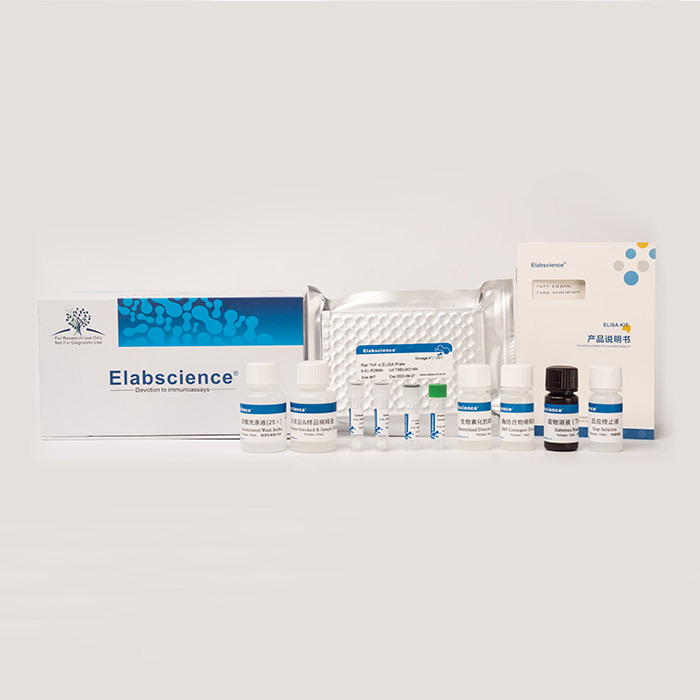
報價:面議
已咨詢15次其他重組蛋白

報價:面議
已咨詢9次其他重組蛋白

報價:面議
已咨詢9次生物醫藥

報價:面議
已咨詢33次高端化學
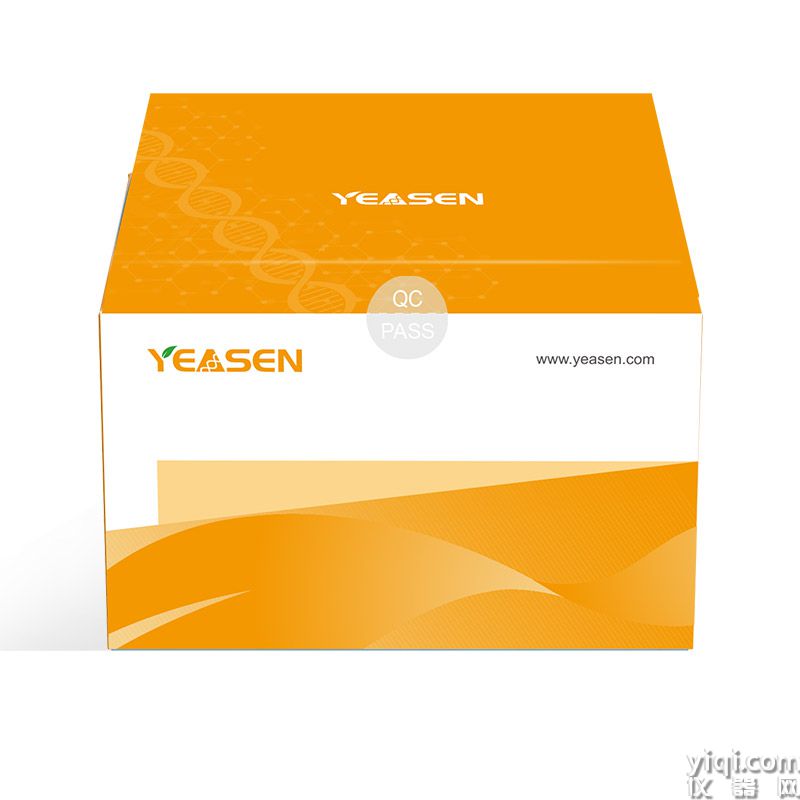
報價:面議
已咨詢13次重組蛋白

報價:面議
已咨詢9次重組蛋白

報價:面議
已咨詢14次重組蛋白